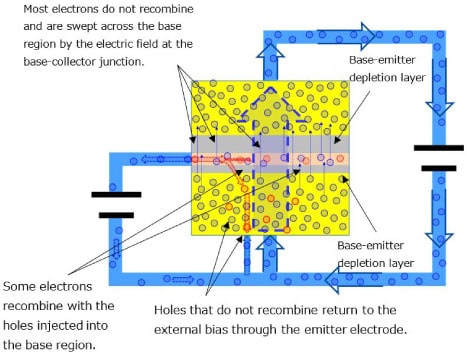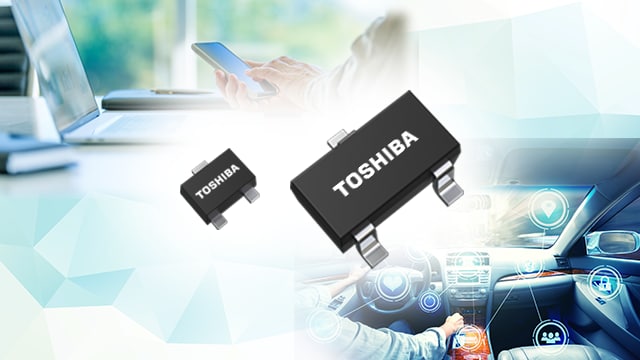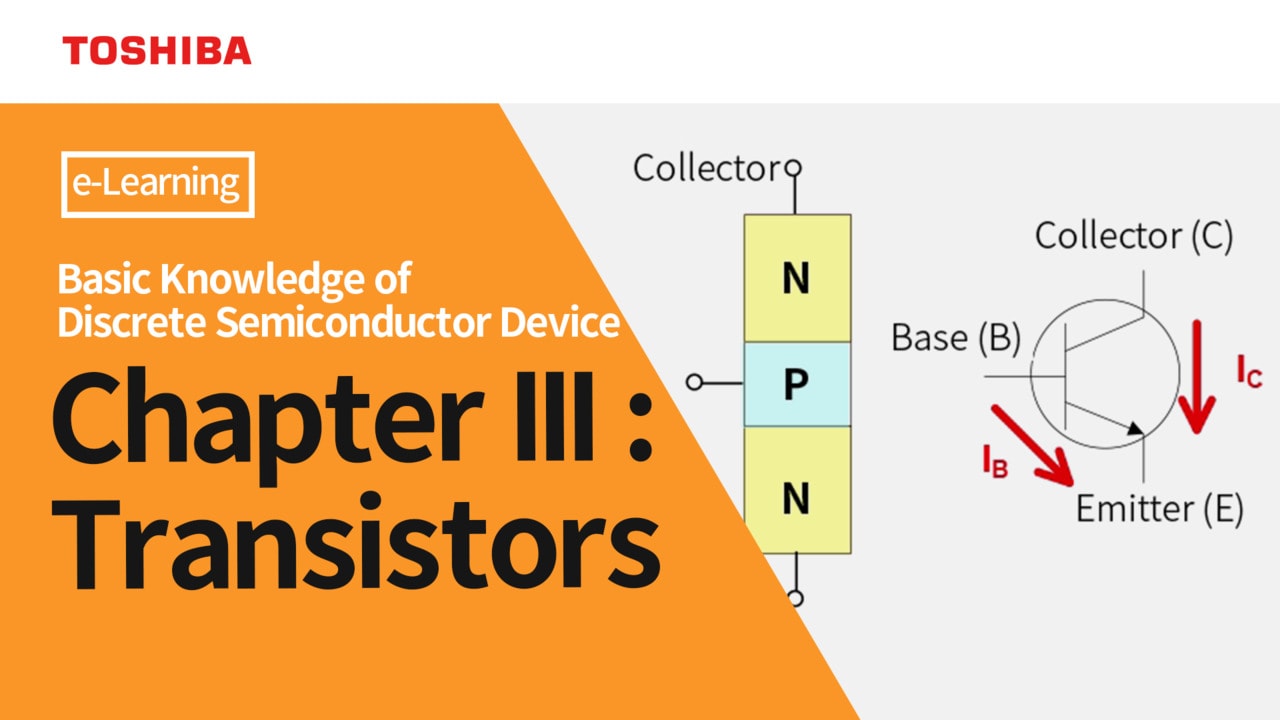- 半導體首頁
-
應用Automotive
Body Electronics
xEV
In-Vehicle Infotainment
Advanced Driver-Assistance Systems (ADAS)
Chassis
IndustrialInfrastructure
BEMS/HEMS
Factory Automation
Commercial Equipment
Consumer/PersonalIoT Equipment
Healthcare
Wearable Device
Mobile
Computer Peripherals
-
產品車用元件
Discrete Semiconductor
Diodes
電晶體
通用邏輯IC
Analog Devices
Digital Devices
Wireless Devices
※
: Products list (parametric search)
功率半導體※
: Products list (parametric search)
隔離器/固態繼電器Photocouplers
Digital Isolators
※
: Products list (parametric search)
MOSFETsIGBTs/IEGTs雙極性電晶體※
: Products list (parametric search)
Diodes※
: Products list (parametric search)
微控制器馬達驅動 ICs智能功率 ICs※
: Products list (parametric search)
電源管理 ICs線性 ICs※
: Products list (parametric search)
通用邏輯 ICs線性影像感測器其他產品其他產品
※
: Products list (parametric search)
-
開發/設計支援
開發 / 設計支援
-
技術知識
- 購買管道
- 型號 & 關鍵字搜尋
- 交叉搜尋
- 參數搜尋
- 線上庫存查詢跟購買
This webpage doesn't work with Internet Explorer. Please use the latest version of Google Chrome, Microsoft Edge, Mozilla Firefox or Safari.
型號需要超過三個文字以上 Search for multiple part numbers fromhere.
The information presented in this cross reference is based on TOSHIBA's selection criteria and should be treated as a suggestion only. Please carefully review the latest versions of all relevant information on the TOSHIBA products, including without limitation data sheets and validate all operating parameters of the TOSHIBA products to ensure that the suggested TOSHIBA products are truly compatible with your design and application.Please note that this cross reference is based on TOSHIBA's estimate of compatibility with other manufacturers' products, based on other manufacturers' published data, at the time the data was collected.TOSHIBA is not responsible for any incorrect or incomplete information. Information is subject to change at any time without notice.
型號需要超過三個文字以上
How do npn and pnp transistors operate?

A bipolar transistor (bipolar junction transistor: BJT) consists of the collector, base, and emitter regions, with the very thin base region located between the collector and emitter regions. The base region has two pn junctions between collector and emitter. To obtain a high current gain, the emitter region is orders of magnitude more heavily doped than the base region.
A BJT turns on the PN junction between the base and the emitter by applying a forward voltage VBE between the emitter and the base. Carriers flowing from the emitter to the base (emitter current) are controlled by raising and lowering the energy barrier between the BEs with the voltage between the BEs determined by the base current.
The impurity concentration of the emitter is high, and a large amount of carriers flow in. Furthermore, since the base width is thin, it flows into the collector with almost no recombination. Therefore, the BJT operates as an element that amplifies the base current.
Let’s consider the npn transistor where the collector potential is higher than the emitter potential and the base potential is roughly 0.7 V higher than the emitter potential. In other words, the base-emitter junction is forward-biased whereas the base-collector junction is reverse-biased.
When the base-emitter junction is forward-biased, a small current flow into the base, injecting holes into the p-doped base region. This lowers the energy barrier between the base and emitter, allowing some free electrons in the emitter to diffuse to the base. Due to the difference in impurity concentration between the emitter and the base, the number of holes in the base is small compared to the diffused electrons. Also, the base is very thin. Since the number of electrons is greater than that of holes and the time that they exist in the base is short, most of the diffused electrons reach the base-collector junction and flow into the collector without recombination. This is the collector current.
The DC current gain hFE is mainly determined by the difference in impurity concentration between the base and the emitter and the thickness of the base width. BJT is a device whose collector current can be controlled by base current.
Next, let’s consider the pnp transistor. Suppose that the collector potential is lower than the emitter potential and that the base potential is roughly 0.7 V lower than the emitter potential. In the case of the pnp transistor, electrons are injected into the n-doped base region. This lowers the energy barrier and allows some of the holes to diffuse out of the emitter. Some of these holes recombine with the electrons injected into the base region. The remaining holes diffuse across the base region, reaching the collector.
相關信息
The following documents also contain related information:



